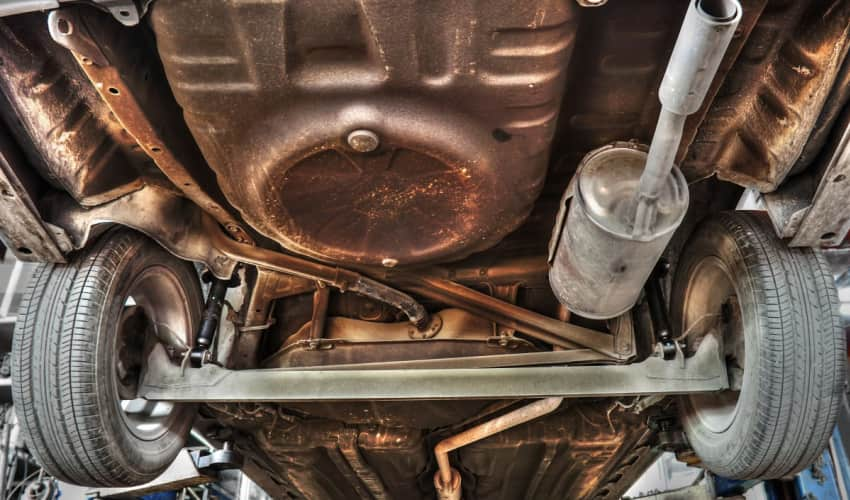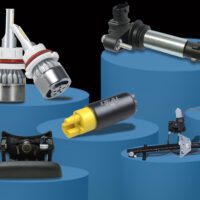Many years ago cars underwent serious rust issues. They would crumble away after just a few years and the salt on the roads today only makes this problem worse. Modern vehicles have much better guarding against rust, but rustproofing from the factory is far from perfect.
What if there was something you could do to fix the problem of rust appearing on your vehicle to improve its lifespan, reduce the likelihood of expensive repairs and improve safety?
There are two main solutions to this, Undersealing and Rustproofing.
Let’s dive into each of these and explain all you need to know.
What is Car Undersealing?
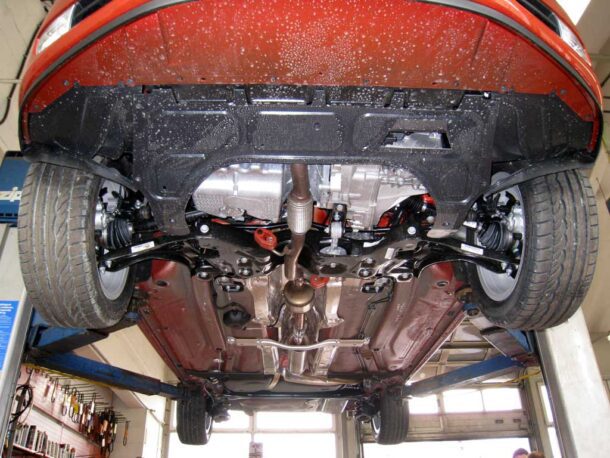
Mark from Preserve Protect said “Protecting the parts of a vehicle often not seen, undersealing provides an important layer of protection against rust.” It’s often comprised of a waxy, rubber-based formula which is applied to the bottom of the vehicle and inside the wheel arches. This protection, slightly malleable as it absorbs the impact of road debris and stones, is akin to preserving the pristine condition of a car, much like the care taken for vehicles that win auto show trophies.
Without undersealing, your vehicle only has a thin layer of protection from the factory. With road debris hitting this layer during everyday driving, this layer will eventually chip away and moisture and salt-covered roads in the winter will start therusting process. Over time, the structural rigidity of the chassis will reduce and too big an area of rust will be an MOT failure and cost you a lot in repairs.
Car Underseal Options
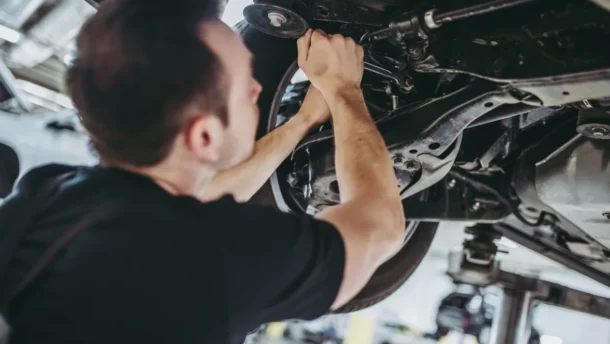
There are several companies promising products to underseal your car. Some can be applied at home; some use professional tools and equipment in aspecialist workshop for a more peace of mind solution.
Wax-based underseal products(like the Bilt Hamber Dynax UC) are popular as they can be see-through, are easy to apply and provide that bouncy layer of protection against stones.
Other products include simple paint-on products from the likes of Hammerite to provide an old-school approach to undersealing.
The final option is bitumen-based underbody protection. This type of product is only recommended for older cars to just keep them on the road a little longer.As sometimes the material can break off after becoming brittle due to age.
It’s important to regularly maintain a car underseal by inspecting it at least once per year. Theinspection is to check the layer of protection which could wear out, necessitating a new application.
What Is Car Rustproofing?
Addressing areas which are hard to reach, rustproofing is the process of spraying a protective layer, usually forming of a waxy-type substance, over parts where moisture is prevalent and where the vehicle is susceptible to chips.
It can also cover the entire vehicle, including the body and inside the vehicle when required. As moisture can get to hard-to-reach places – the paintwork, bodywork and interior all benefit from the right type of rustproofing.
Rustproofing Options
When considering rustproofing options for your vehicle, three effective choices stand out.
Electronic rust protection systems use a small device installed in the car, emitting a low electric charge to prevent corrosion.
Dripless oil spray rustproofing involves applying a specialised rust-inhibiting oil that adheres to the vehicle’s surfaces without dripping, providing comprehensive protection.
Lastly, undercoating with rubberised compounds creates a durable barrier against moisture and road salts, safeguarding the undercarriage from rust.
Rust Proofing or Undersealing?
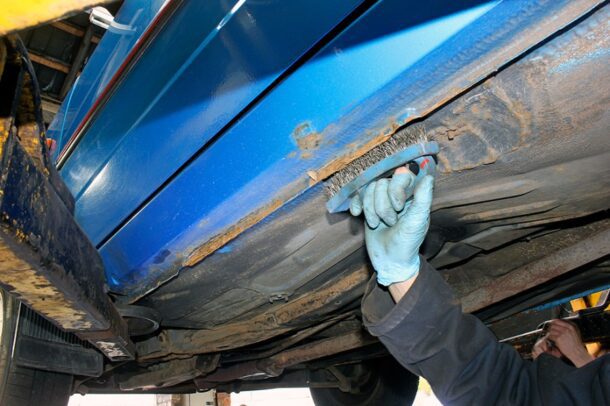
Both methods provide excellent rust protection when applied in the right way. With a host of options available on the market for both rustproofing and undersealing, it’s up to you as to which you choose. It will ultimately depend on your budget, preference and how long you intend to keep the vehicle.
It’s important to note when choosing Rustproofing or Undersealing, for ultimate protection you can have both applied to your vehicle at the same time.

